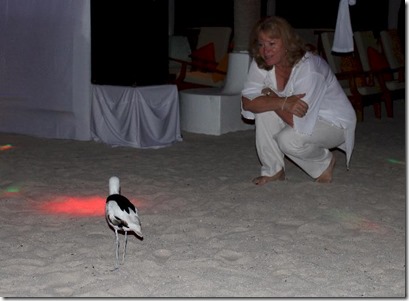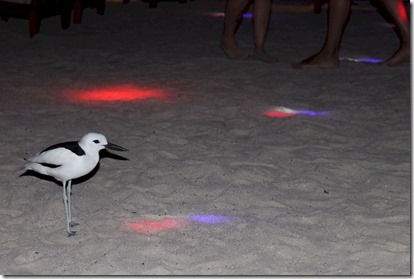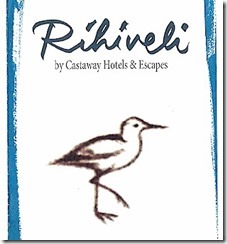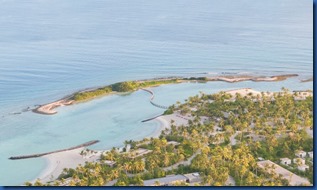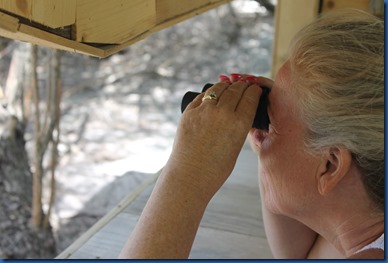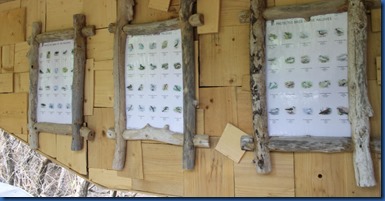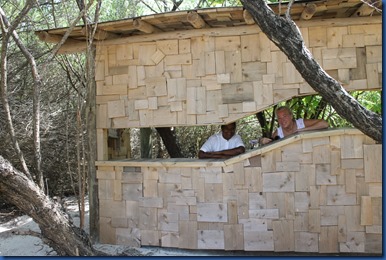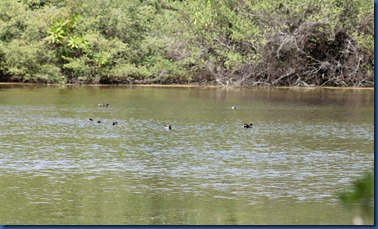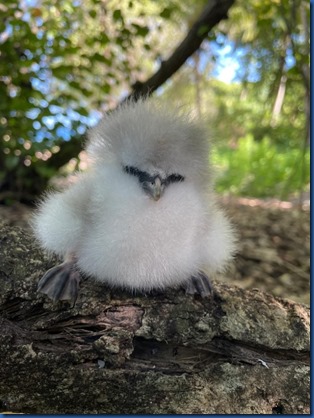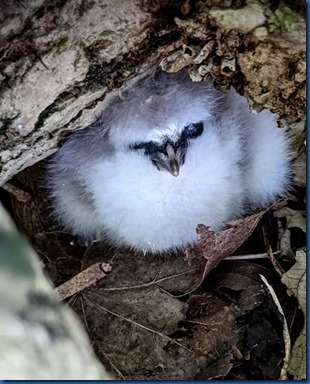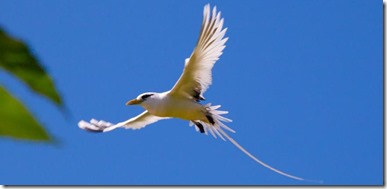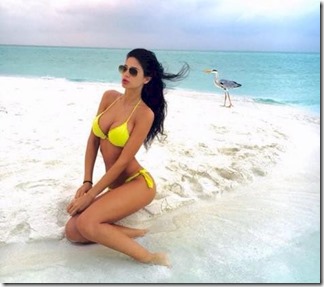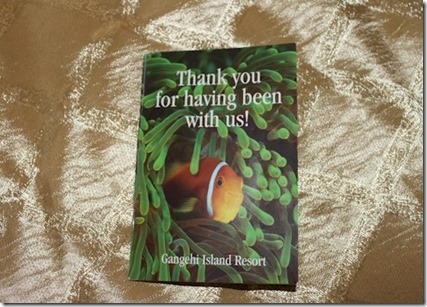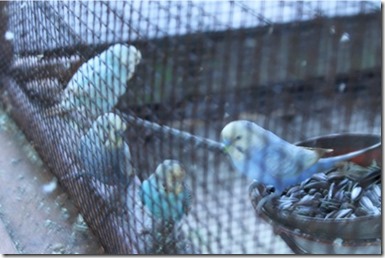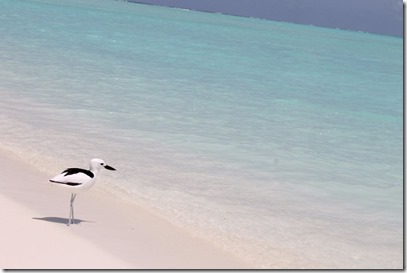
Resorts feature all sorts of resident creatures including turtles, cats, octopi and rabbits. Many islands host a bevy of birds. But no resident has charmed us as much as “Julietta” at Rihiveli Beach.
Julietta is Rihiveli’s resident Crab Plover. The local story goes that she was found on the neighbouring bird island when the resort was first developed in 1983 and brought over to Rihiveli because she couldn’t fly. Obviously, 34 years is a long life for a bird so there is speculation that this “Julietta” arrived in 2006 after the tsunami hit.
Whatever her back story, her present day exploits are downright captivating. She came right up to us and greeted us sitting on our lounge chairs soon after our arrival. She follows the staff around like a puppy and at one point strolled along with us when a staff member was taking us some place. At first we thought that she was looking for food handouts or droppings, but it turns out she’s not interested human food in the least. All she eats are the little crabs that run across the beach. Actually, the staff can (and do) help her with her meals by shining a torch on the beach when the crabs are most active which helps Jullietta spot them. During a beach dinner one night, Julietta was being particularly sociable and so one of the chefs decided that she deserved some of her own treats. He stepped away from the buffet, turned the flashlight on his iPhone and shined it on the sand while Julietta eagerly snapped up a meal of unsuspecting micro-crustaceans.
But the most fun part of the night was her joining the crowd on the disco floor of the infamous Rihiveli White Party (see photos below). During the thumping house music, she was out there in centre of the dance floor seemingly enjoying the vibe as much as any guest.
Julietta has inspired her own virtual fan club with lots of paparazzi shots of her by visitors posted on TripAdvisor and Flickr. She has become such a high profile part of the property that the resort logo features her (in the midst of some of her disco dancing maybe) – see photo at bottom.
